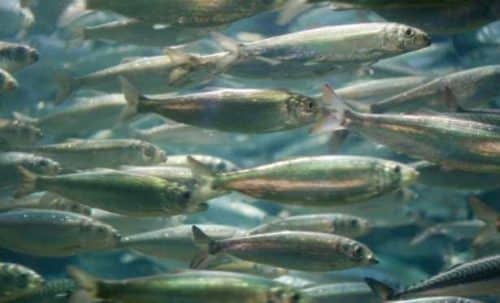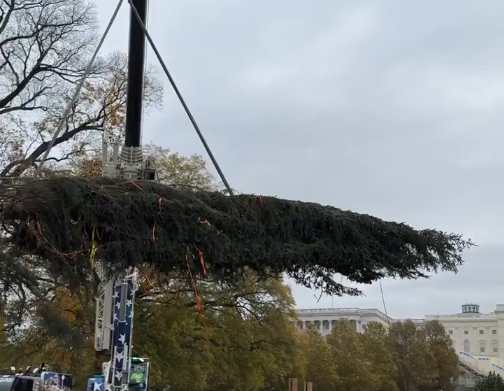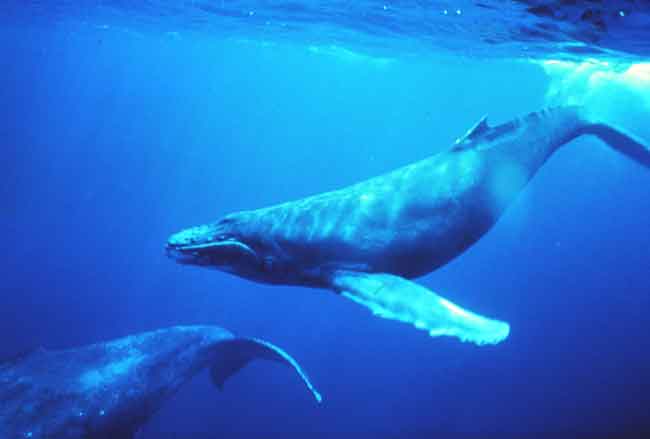 KUM’AGYAK – EAGLE
KUM’AGYAK – EAGLE
KUM’AGYAK UQGUWMI MISNGAUQ. – AN EAGLE IS PERCHED IN THE TREE.
Bald eagles (Haliaeetus leucocephalus) are a common sight in Kodiak’s coastal environments. These large, territorial raptors eat a variety of fish, small mammals, and birds and may occur in great concentrations when feeding on migratory species like herring or salmon. They have excellent eyesight and grow up to forty inches tall with a seven-foot wingspan. However, with large feathers and hollow bones, a full-grown eagle may weigh just fourteen pounds.
Although many Native American cultures honor the eagle, Alutiiq people captured eagles for raw material, preferring to esteem the clever raven. An account from Russian colonial times reports that an Alutiiq person kept a tame eagle. Other sources indicate that birds were snared using fish heads for bait. Eagle wings functioned as brooms and fire fans, their hollow bones as needle cases, and their feathers as fletching for arrows and filling for mattresses. Eagle skins were also a source of material for clothing. Among the Chugach Alutiiq people of Prince William Sound, eagle skins were plucked of their large feathers, but the down was left in place. The skins were then washed in a mixture of water, fat, and spruce bark and scraped clean. Ten skins were then sewn together to make a coat. If the feathers were left on the skin, the coat was water repellent and could be used as a rain jacket.
According to Alutiiq legend, people could transform themselves into eagles by putting on an eagle skin. A tale from Prince William Sound tells of a young man who transformed himself into an eagle and captured a whale to feed his hungry grandmother.
Source:







